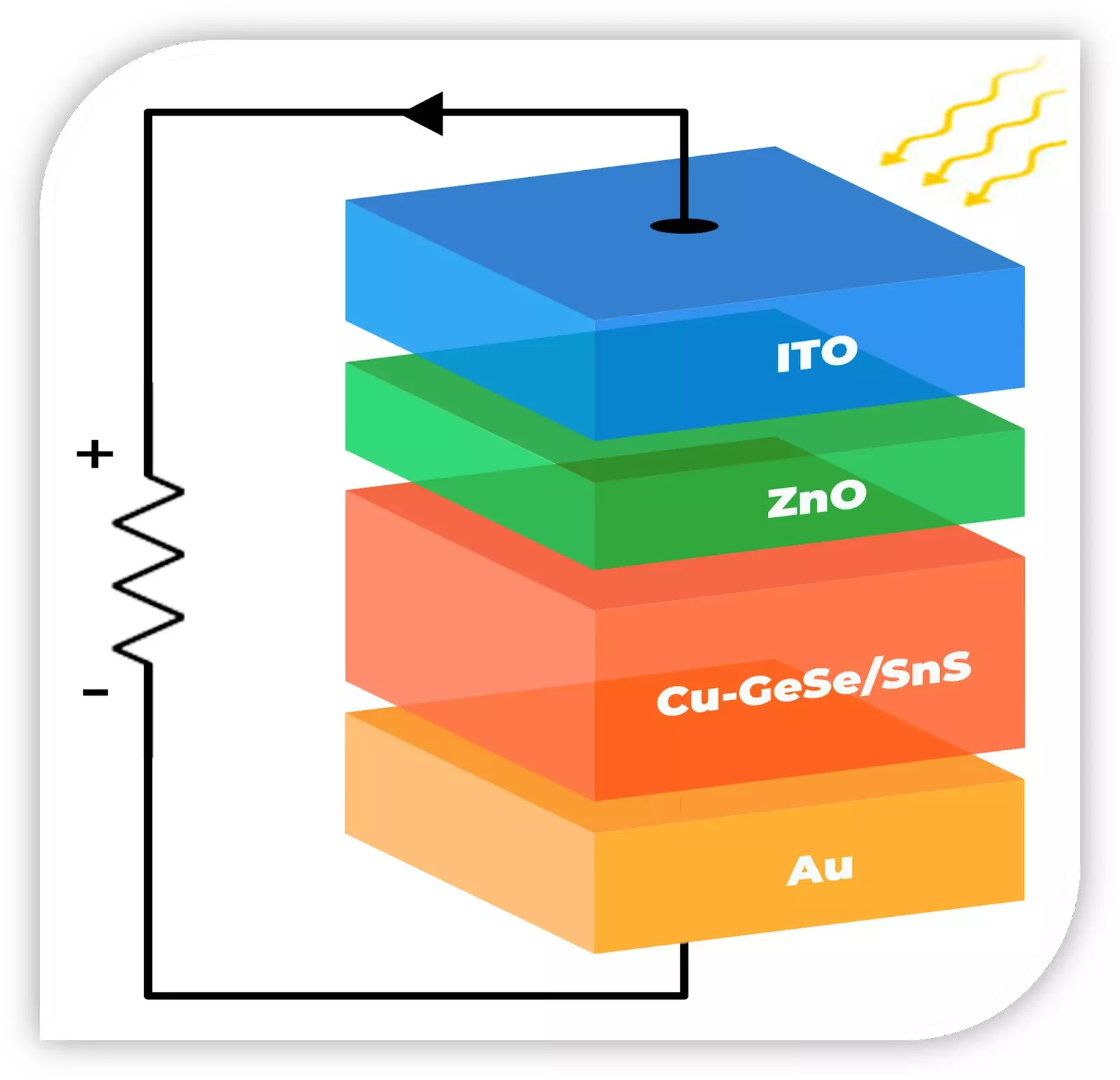Solar energy is a rapidly growing field with the potential to revolutionize the way we power our world. Researchers at Lehigh University have made a significant breakthrough in the development of a new material that could drastically increase the efficiency of solar panels, paving the way for more sustainable energy solutions.
The material developed by the researchers at Lehigh University exhibits an average photovoltaic absorption of 80%, a high generation rate of photoexcited carriers, and an external quantum efficiency (EQE) of up to an unprecedented 190%. This efficiency leap is largely due to the material’s distinctive “intermediate band states,” which enable it to efficiently absorb sunlight and produce charge carriers. These states have energy levels within the optimal subband gaps of around 0.78 and 1.26 electron volts, making the material ideal for solar energy conversion.
The intermediate band states in the material enable the capture of photon energy that is typically lost by traditional solar cells, such as through reflection and heat production. This innovative approach could redefine solar energy efficiency by maximizing the absorption of high-energy photons and increasing the generation and collection of electrons.
To develop the novel material, the researchers took advantage of “van der Waals gaps” between layered two-dimensional materials. By inserting atoms of zerovalent copper between layers of germanium selenide (GeSe) and tin sulfide (SnS), they were able to create a material with enhanced efficiency and rapid response. This material shows great promise for use in advanced photovoltaic applications and could lead to significant improvements in solar energy conversion.
The newly developed material has the potential to be integrated into next-generation, high-efficient solar cells that will play a crucial role in meeting global energy needs. While further research and development are required to fully realize the benefits of this quantum material, the experimental technique used to create it is already highly advanced. Scientists have mastered the method of precisely inserting atoms, ions, and molecules into materials, paving the way for continued advancements in solar energy technology.
The development of this innovative material represents a significant leap forward in the field of solar energy. By harnessing the power of quantum materials and intermediate band states, researchers at Lehigh University have paved the way for more efficient and sustainable solar panels. With further advancements and research, this breakthrough has the potential to reshape the future of solar energy and address global energy needs in a more efficient and environmentally friendly way.


Leave a Reply